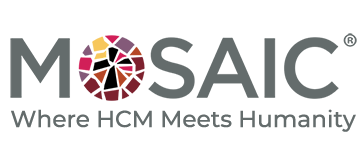In today’s competitive business landscape, attracting and retaining top talent is a constant challenge for leaders striving to achieve outstanding results. Surprisingly, the key to building a high-performance team lies not in relentless pressure but in embracing compassion as a fundamental leadership quality.
In the current economic climate, where the focus on bottom-line results can be overwhelming, compassionate leadership has never been more crucial. Research consistently reveals that organizations fostering compassion not only reduce burnout among employees but also witness increased engagement and commitment.
Compassionate leadership is not about compromising on targets and KPIs; instead, it’s a strategic approach to guiding teams toward success. It involves coaching, guiding, and understanding the needs of each team member, fostering a culture of high engagement and performance.
The Essence of Compassionate Leadership
Being a compassionate leader involves having positive intentions and genuine concern for others. These leaders recognize their team as both vital contributors to the organization and as individuals with personal goals. The focus is on understanding each team member’s needs, coaching them toward targets, and building a cohesive, trusting, and loyal team.
Compassionate leaders pose the question, “How can I make this better for both of us?” rather than “What’s in it for me?” Their approach balances coaching with building people up, creating an environment where collaboration thrives.
Compassionate Leadership in Action
1. Figure Out What Matters:
Actively listening and learning from your team is the first step. Ask direct and specific questions to understand team members’ career aspirations, concerns, and what excites them.
2. Create a Safe Space:
Foster an environment where mistakes are seen as opportunities to learn and refine approaches. Leading by example, demonstrating vulnerability, and handling mistakes openly builds trust.
3. Don’t Forget the Little Things:
Day-to-day interactions and small gestures, such as remembering birthdays or asking about personal matters, contribute significantly to building strong relationships within the team.
4. Coach with Compassion:
When giving feedback, show empathy and actively listen. Coach collaboratively, focusing on developing solutions rather than dwelling on problems.
Walk the Talk
While words are important, actions speak louder. Back up your commitments with tangible actions, especially when advocating for your team or navigating challenges. A compassionate leader’s actions align with their words, contributing to a stronger, engaged team.
In a results-driven world, compassionate leadership proves to be an effective strategy for building high-performing teams. By blending empathy with strategic guidance, leaders can achieve outstanding results while cultivating a positive and engaged work environment.

